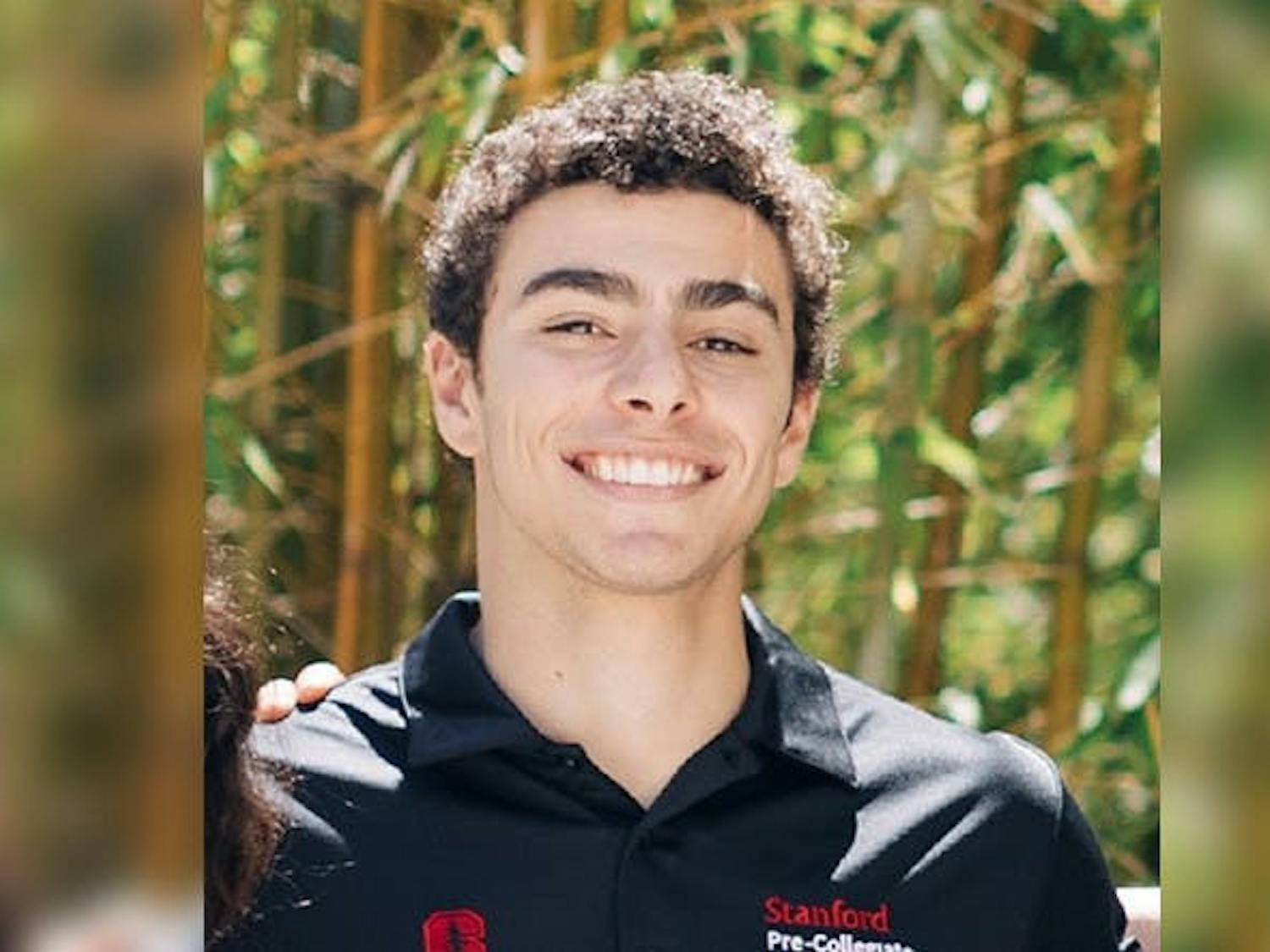As most of the Penn community knows by now, the University prides itself on encouraging interdisciplinary study.
But students hoping to form a new program with their Accounting, Bioethics, Dutch and Criminology courses in time to declare a major may find the process more complex than they expected.
Before a program can award a degree, it must undergo multiple stages of development on the part of faculty members and must gain approval from several administrators and the general faculty body.
Undergraduates seeking to pursue interests that span multiple disciplines can already look to many existing programs that award minors, majors or both in fields that combine courses from a number of departments.
Successful interdisciplinary programs at Penn include Cinema Studies, Urban Studies and Women's Studies.
And now that the School of Arts and Sciences has made interdisciplinary study a priority, students and faculty are taking the initiative to introduce new ideas for programs that use University resources already in place.
But that's easier said than done.
Forming an Idea
Ideas for programs typically stem from conversations among faculty members and students who have discovered courses at Penn that center on a common theme.
In the College of Arts and Sciences, for instance, some faculty members are discussing the possibility of a jazz studies minor that would pull courses from the history, sociology and African American studies departments, among others.
The idea originated in a meeting of Penn faculty who teach academically based community service courses when they realized that there were a substantial number of courses that related to the theme of jazz and its history.
Penn Music department professor Carol Muller -- who is also co-chairwoman of the Community Arts Project, which sponsored the meeting -- said that their intent was not to come up with an idea for a new program, but the potential for the program was clear to most of the faculty present.
"It's what students are already doing," Muller said. "We're simply putting it together."
Muller also said that an idea for a "built environment" minor -- which could involve architecture, urban studies and sociology courses -- was also discussed as another possibility.
Getting the official OK
Once faculty members and students have a definite idea for a program, the next step is to propose it to their immediate superiors as well as College Dean Dennis DeTurck.
This meant that Muller's next move was to inform music department chairman Jeffrey Kallberg and DeTurck of the idea for a jazz studies minor. Muller said that she is now engaged in dialogue with Kallberg and DeTurck about the process of making the idea a reality.
According to School of Arts and Sciences Dean Rebecca Bushnell, this "bottom-up" idea process -- where faculty realize the potential for a program and then suggest it to the administration -- is typical of most interdisciplinary programs at Penn.
But Bushnell also said that administrators will not encourage faculty members to pursue an idea unless there is strong evidence of faculty support and student interest, since a proliferation of programs would put too much strain on University administrative and financial resources.
For these reasons, DeTurck said that the time frame for this idea stage varies greatly.
The jazz studies and built environment minors could be years away, Muller said, and added that there is still potential for the ideas to completely fall through.
In many cases, even after an interdisciplinary program is formed, that program will continue to change based on what the University offers from year to year and on whether faculty and staff see the program shifting focus.
The Women's Studies program -- which, now in its 30th year, was one of the original interdisciplinary programs at Penn, according to program co-chairwoman Demie Kurz -- recently decided to change both the name of the program and the structure of the undergraduate major to include more courses and areas of study.
The new major will be called Gender, Culture and Society, and students can choose one of four concentrations -- women's studies, global gender studies, gender and health and sexuality studies.
Again, program leaders held extensive internal deliberations.
Before meeting officially with DeTurck and other College administrators, Women's Studies program faculty discussed a variety of ways to structure the program. They also gauged student interest by looking at the enrollments in courses that would apply to the four concentrations.
Once they were confident that there was enough student and faculty support, Kurz and other program staff met with College administrators to write up a proposal to submit to the College Curriculum Committee for review.
The committee is responsible for making changes to submitted proposals that it deems necessary, based on the availability of resources and personnel, Bushnell said.
Once any alterations are made, the Women's Studies proposal, along with other ideas for curriculum changes, will be presented to the entire University faculty at their general meeting in April and then put to a vote. If the faculty approves, the changes could go into effect as early as this fall.
Dean DeTurck said that "it's rare that something would get turned back completely" by the faculty vote; he could not recall a time when a program had failed to pass.
Bringing the pieces together
Once a program is approved for the fall, administrators and program faculty have just a few months to make sure that the necessary courses and funding are available to support the program.
Programs at Penn, unlike departments, cannot hire their own faculty, so all courses are cross-listed with other departments.
Bushnell said that the process of cross-listing courses with programs is the result of "real collaboration," and that tensions can sometimes arise when a faculty member does not have enough time to teach in their department as well as in another program.
In order to prevent this kind of conflict, Bushnell said, College administrators now explicitly state in offer letters to new faculty what courses they will be expected to teach, both in their department of hire and in other programs.
In addition to any problems with cross-listing courses, administrators must also make sure that enough funding is available to support the day to day needs of an undergraduate degree program.
Costs associated with a new interdisciplinary program can include hiring support staff, lecturers from outside the University and advisers for students in the program.
This funding typically comes from the University, but outside donors can ensure that an idea will be around for the long haul.
The Roy and Diana Vagelos Program in Life Sciences and Management -- which is in the process of accepting its first class of students for this fall -- was the result of a major donation from former Penn trustee Roy Vagelos.
Although it was not the brainchild of Penn faculty, Vagelos' idea went through much of the same creation process as most other interdisciplinary programs.
Vagelos program co-directors Mark Pauly , a Wharton professor, and Philip Rea , a biology professor, said that when Roy Vagelos first suggested the program to the administration, officials made sure that enough courses existed and that enough resources would already be available.
The program will combine courses from science departments -- especially biology -- and Wharton management courses in the hopes that its students pursue careers relating to the business of scientific research and processes.
Making the pitch to students
Even though the Penn administration and faculty may give a new program the go-ahead, program faculty and staff now face an even bigger challenge: enticing students to join their program and providing support to those students for four years.
Pauly said that once the Vagelos program structure was approved by the Wharton and College Curriculum Committees, it had to be marketed to prospective students. Strategies included the construction of a Web site and promotion through regional admissions officers.
Final preparations for the fall include creating two new courses that are specific to the program, hiring an administrative and advising director and searching for space in the University to physically house the program.
Staff involved with the Vagelos program, Women's Studies and the proposed jazz studies and built environment minors have all found that Penn's institutional framework is entirely supportive of forming interdisciplinary programs.
Muller said that although neither she nor the other community-service courses faculty had the intention of forming an interdisciplinary program, the knowledge that Penn encourages these programs may have played an unconscious role in leading herself and other faculty members to think that a jazz studies minor could work.
"It's part of the culture at Penn," Muller said. "If we want to work within the current climate, that's the place to insert it; it has a certain logical place."
Pauly and Rea also said that in forming the Vagelos program "the administrative process was fairly easy," and they attribute that to Penn's acceptance of interdisciplinary programs.
Bushnell said that the University is supportive of interdisciplinary programs "because it's a way of organizing student course-taking and faculty teaching," and that as long as there is a push for new areas of study, Penn will continue to "institutionalize that passion and that interest."








